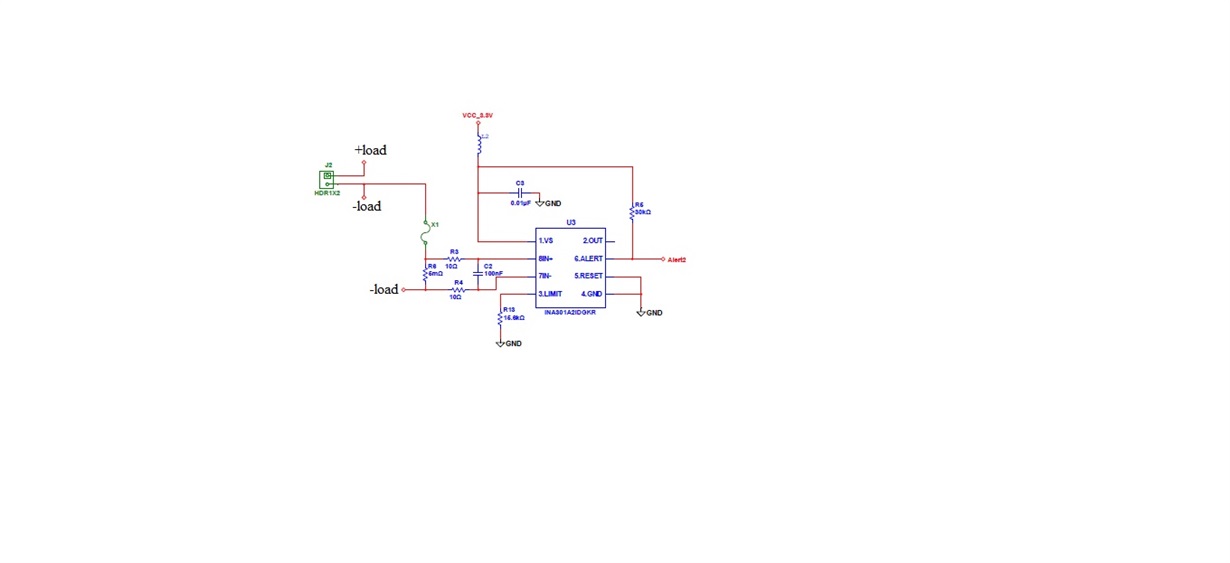Dear ALL,
Please provide the following information for the INA301 current sense amplifier,
- The datasheet specifies max gain error as 0.1%, is it for full scale load measurement with respect to all conditions like temperature, voltage at different ranges?
- Is there any test results available for different load measurement ranges i.e., load @ 5%, 10%.... 100%? It is to understand the gain error at different load conditions.
- Gain error at different operating temperature conditions from -45 to +85 degree Celsius.
Thanks,
Santosh.
a. Error (%) or mA in full measurement range and at 25 degree Celsius



